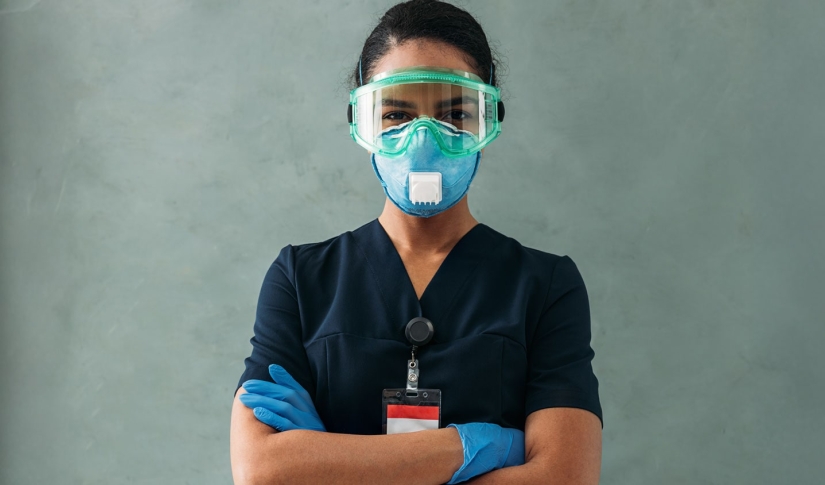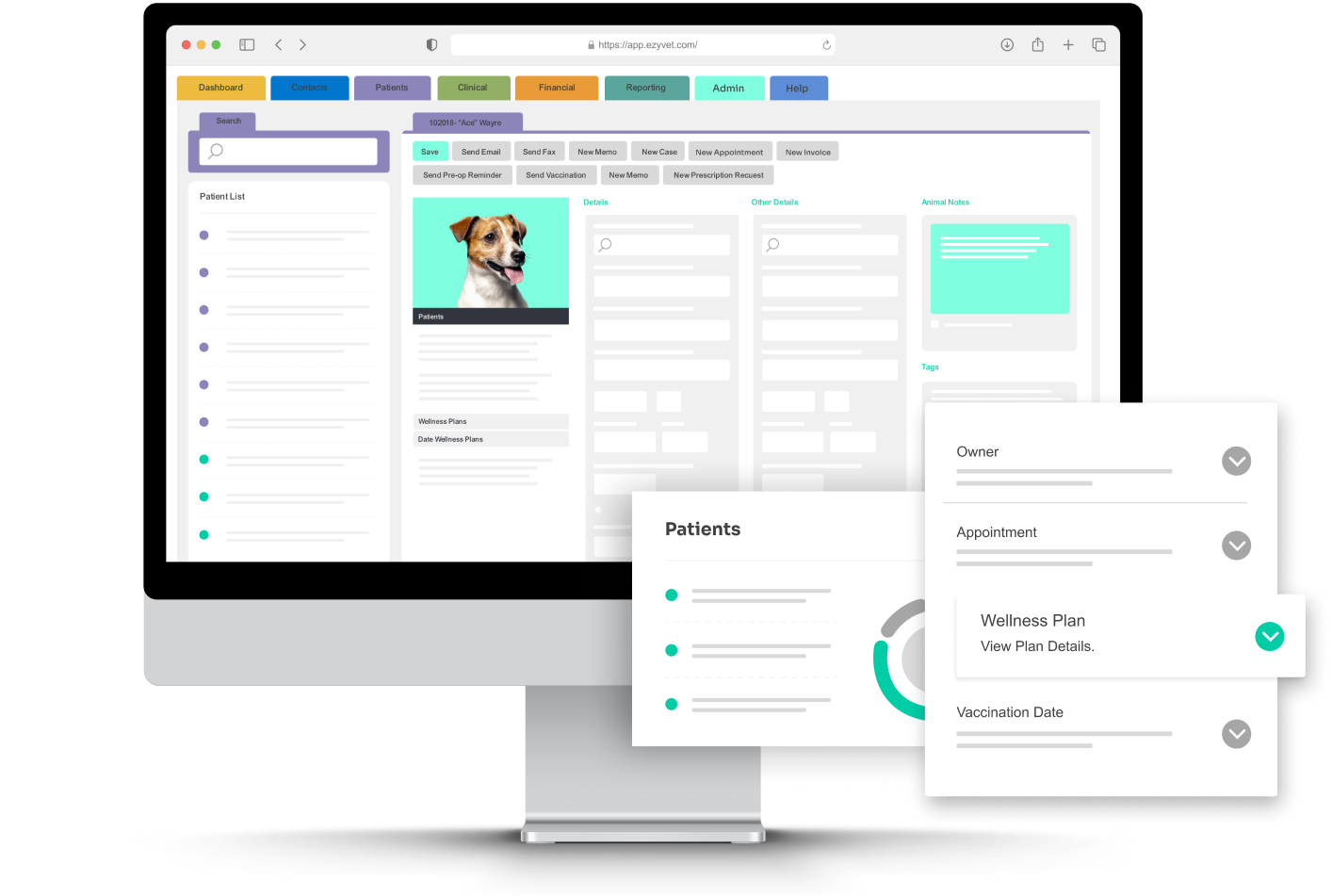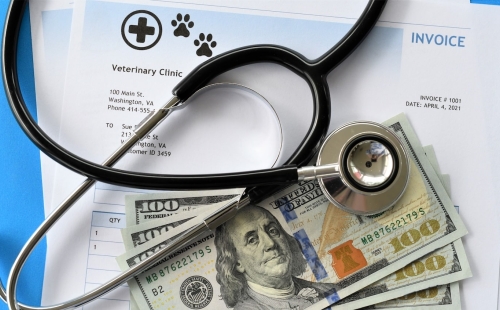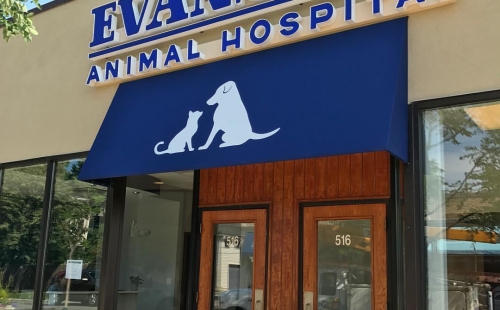Veterinary Staff Safety: 8 Tips for Success

Veterinary professionals work in an environment where they are exposed to unique workplace hazards. Veterinary practices must protect teams against typical harms, such as falls and chemicals, and veterinary-specific hazards, including bites, scratches, and zoonotic diseases.
A safe environment must comply with regulatory standards, but it’s about more than simply following the law. Taking veterinary staff safety seriously helps build a safety-minded culture and supports employee well-being. Here are eight essential steps to establish a safe and healthy working environment for your veterinary team.
1. Develop a comprehensive program
A structured and well-documented veterinary staff safety program provides a foundation that all team members must learn and uphold. Establish procedures specific to your clinic operations using published Occupational Safety and Health Administration (OSHA) standards and rules.
No procedure is too insignificant to include in a safety guide, so building a program will take time. Consider assigning a clinic safety officer or OSHA “champion” who can research and develop a program that meets local and federal laws and regulations.
2. Assess clinic hazards
Conduct routine inspections to ensure OSHA compliance and optimal veterinary staff safety. Walk through the clinic, observe whether the team is following safety protocols, and look for static hazards, such as exposed cords, poor ventilation, or burnt-out emergency exit lights. To streamline these inspections, create a checklist of areas to examine and procedures to audit, prioritizing the most likely culprits for non-compliance.
3. Provide personal protective equipment
Personal protective equipment (PPE) is necessary to protect teams from unavoidable hazards, such as zoonotic diseases or X-ray radiation. Since no clinic is without sick pets or X-ray equipment, you must provide PPE and train your team on its importance and use. Regularly inspect PPE, such as X-raying your lead gloves or visually examining safety goggles, to determine if they need replacing to keep team members safe. Keep all PPE easily accessible to encourage consistent use.
4. Develop a training program
Safety training is not a one-and-done event. All team members, including leadership and senior staff, should undergo routine safety refreshers. New employees should receive safety training during onboarding and then at least annually. Holding an all-staff safety meeting annually or including a safety component in monthly or quarterly meetings ensures the entire team stays on the same page and has opportunities to ask questions or address concerns.
5. Encourage open communication
Encourage team members to report accidents or safety concerns without fear of judgment or retaliation. Let them know you care about their physical and mental welfare and want to proactively address safety concerns. When incidents occur, follow reporting regulations and comply with workman’s compensation requests or complaints without pushback, so employees feel comfortable coming to you in the future.
6. Include mental health and wellness in safety programs
Veterinary work is physically demanding and somewhat risky, but addressing its hidden mental health aspects is equally important. Long working hours, complex client interactions, emotional cases, and burnout are common challenges that can cause staff stress-related health problems and may result in them leaving veterinary medicine for a less stressful job. Provide mental health resources, offer flexibility, and encourage a healthy work-life balance by enforcing breaks and offering ample time off.
7. Keep detailed safety and compliance records
Detailed records are essential for veterinary staff safety. OSHA requires veterinary teams and other workplaces to maintain accurate records of safety training, incidents, and inspections. Keep these records for your state’s mandated amount of time to ensure compliance and minimize the chance of problems should you be audited.
8. Leverage technology to improve veterinary staff safety
Modern technology, such as cloud-based practice management software, can help teams create a safer and more efficient work environment. Modern software cuts back on time-consuming administrative tasks like records, scheduling, and client communication, which helps ensure team members have a better work-life balance and mental and physical health.
These simple steps can help veterinary practice leaders create safe environments for their teams. Remember—safety is a collective effort that requires ongoing commitment. When veterinary teams feel protected and supported, they can focus on delivering exceptional patient care and contribute more to a thriving practice.




